Gandon Editions
BANTRY LIBRARY – Bantry's Brutalist Bibliotheque
BANTRY LIBRARY – Bantry's Brutalist Bibliotheque
Couldn't load pickup availability
Share
by Dermot Harrington
ISBN 978 1910140 451 84 pages (hardback) 23x25cm 138 illus
The iconic Bantry Library opened to the public in 1974 and has been serving the local community for five decades. This book is an architectural archive celebrating Bantry Library’s 50th anniversary. It explores in depth the conception and construction of one of Ireland’s finest examples of modern architecture. Cork County Architect Patrick McSweeney’s experimental ‘warehouse of knowledge’ emerged when Ireland was experiencing unprecedented socio-economic and cultural transformation in the 1960s and 1970s.
Written by Dermot Harrington, with contributions from project architect Harry Wallace and architectural writers Shane O’Toole and Peter Luddy, this book captures a sense of that radical time and the arrival of a Brutalist, space-age megalith to West Cork. This story of the library is beautifully presented with original architectural drawings and models, evocative archival photographs of the library’s construction, and newly commissioned photography and drawings.
_____
EXTRACT
"Patrick McSweeney, ruminating on his dolmen-inspired creation, entertained the idea that the new library for Bantry could be constructed in its image. This unassuming model interpreted an array of forms – both archaic and modern, indigenous and foreign, familiar and otherworldly. The most obvious reference was to the trabeated structure of Neolithic wedge tombs or cromlechs. This was an instinctual response. Poulnabrone dolmen in the distant Burren was perhaps the most renowned example, but a wealth of similar structures existed in West Cork’s landscape and would have been known to the Ballydehob-born architect. Pat had studied the proportional principles of early ecclesiastical structures, and the colonnaded screen beside the main entrance might also depict a series of standing stones found in the locality. This playful re-use of Ireland’s ancient heritage was characteristic of efforts to reinforce our national identity through the revival of indigenous motifs.
Allusions to the glory of the past were married with a modern aesthetic, seeking common ground with global and societal progress. Architect Alexander White has offered comparisons to the striking mid-century works of Eero Saarinen. However, the design is most indebted to the later oeuvre of Le Corbusier. The library’s unconventional roof mimics his iconic and soaring church at Ronchamp (1955), and the Swiss–French architect’s experiments with béton brut or ‘raw concrete’ proved intrinsic to the West Cork project. Post-war supply shortages had compelled builders across Europe to innovate. Pioneers like Le Corbusier pushed the boundaries of possibility, demonstrating the unique sculptural or expressive capacities of raw concrete. Pat certainly had “a tremendous enthusiasm for Corb” and his new manner of construction – Brutalism – would produce the monolithic and abstracted geometry which he sought for Bantry."
— from the essay by Dermot Harrington
|
CONTENTS Acknowledgements / Biographies 6 |
published 04.2024
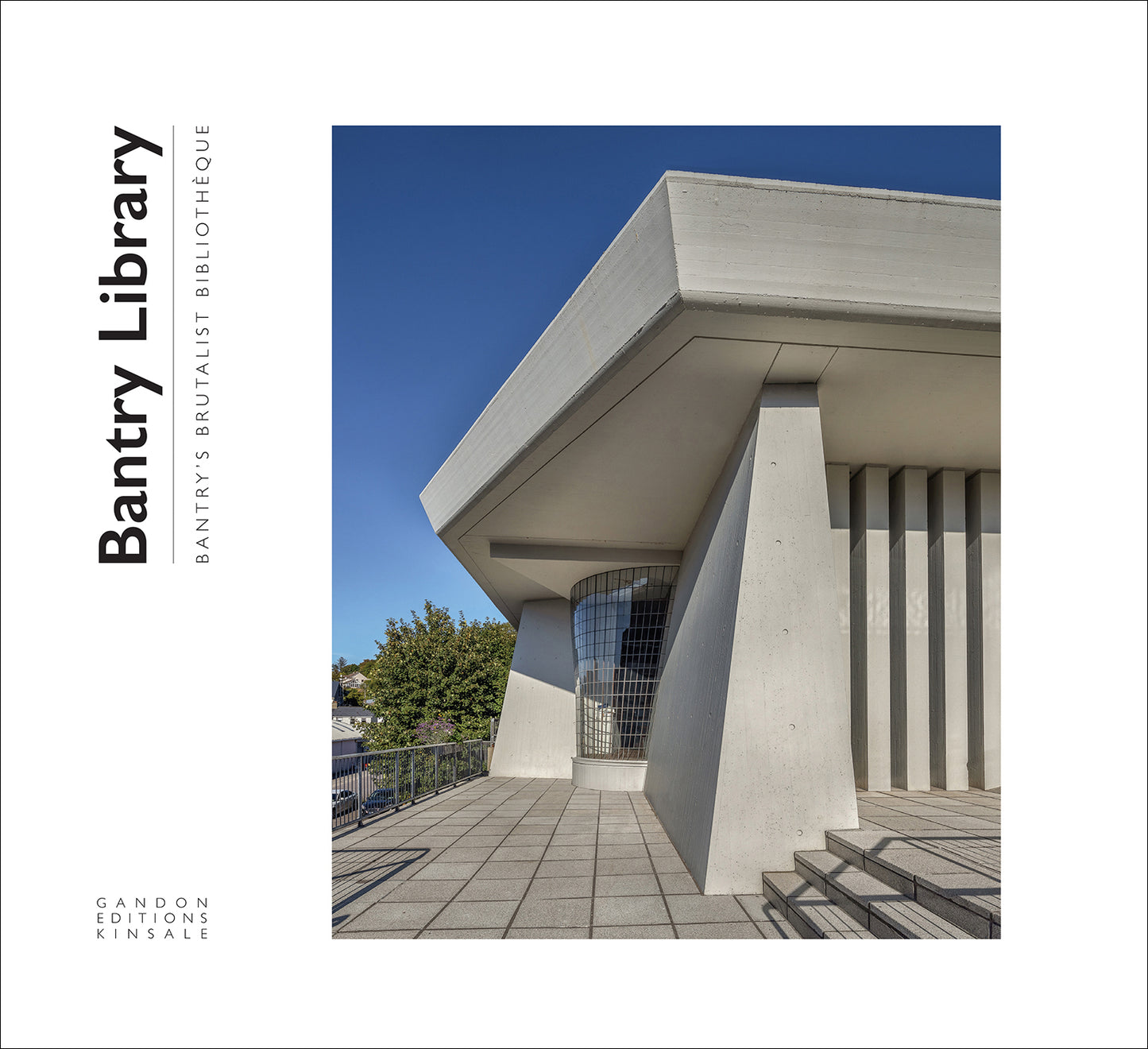
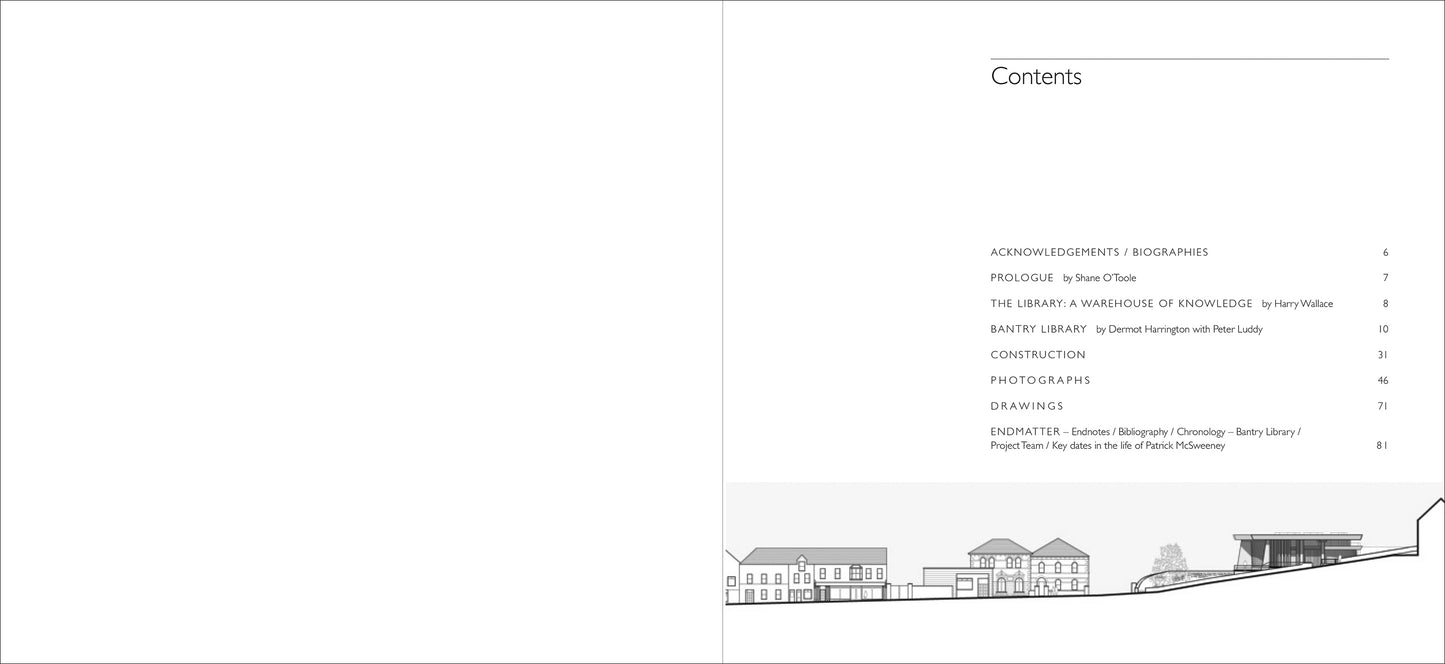
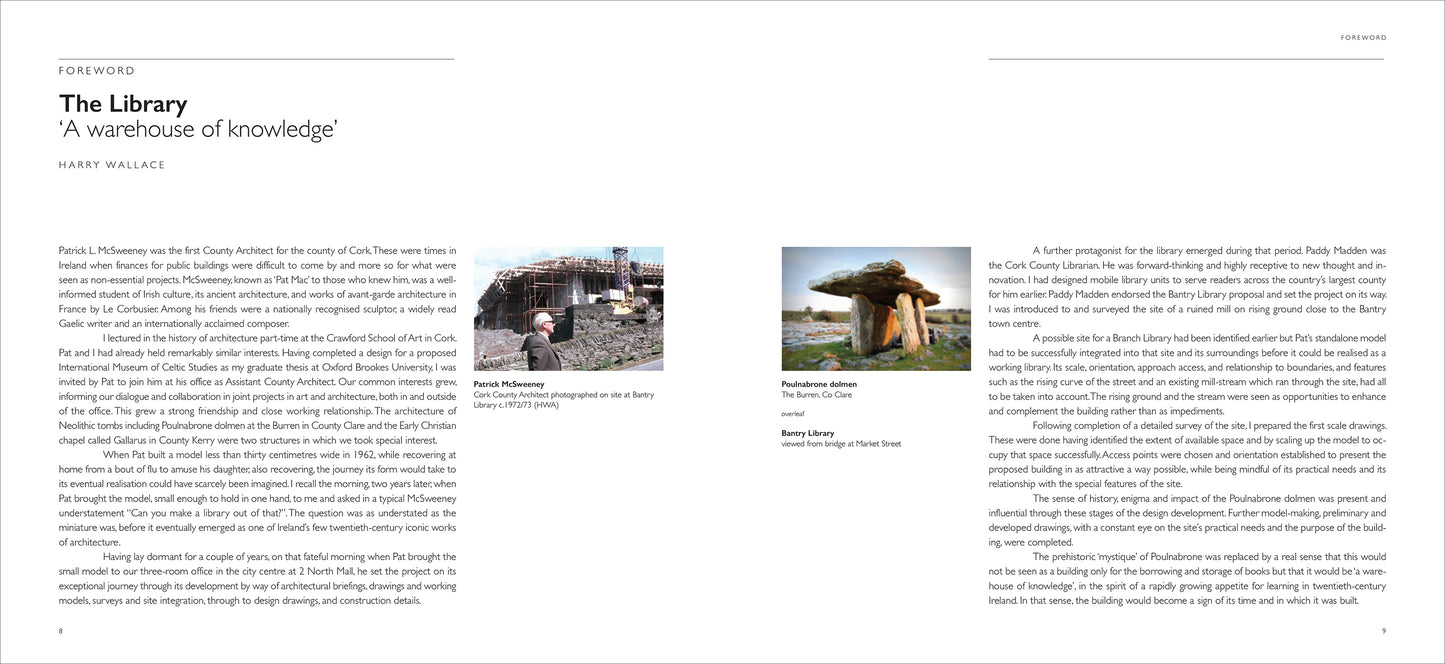
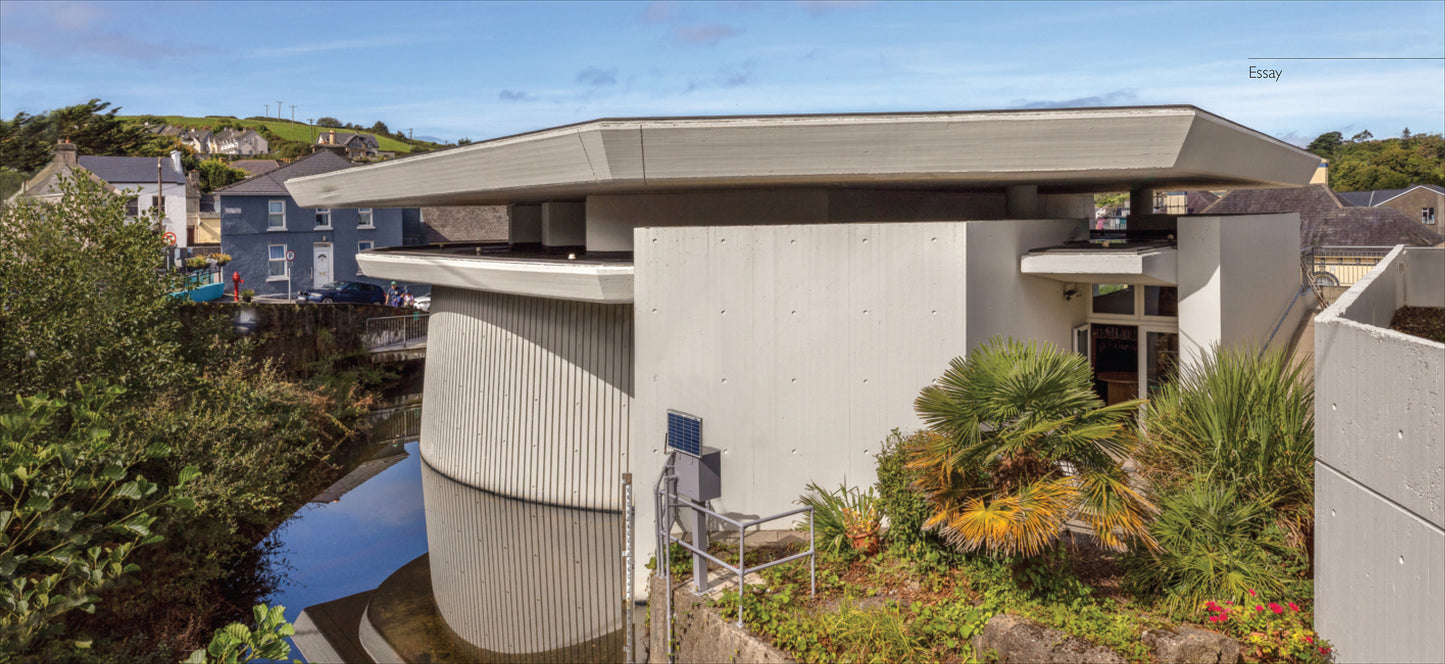
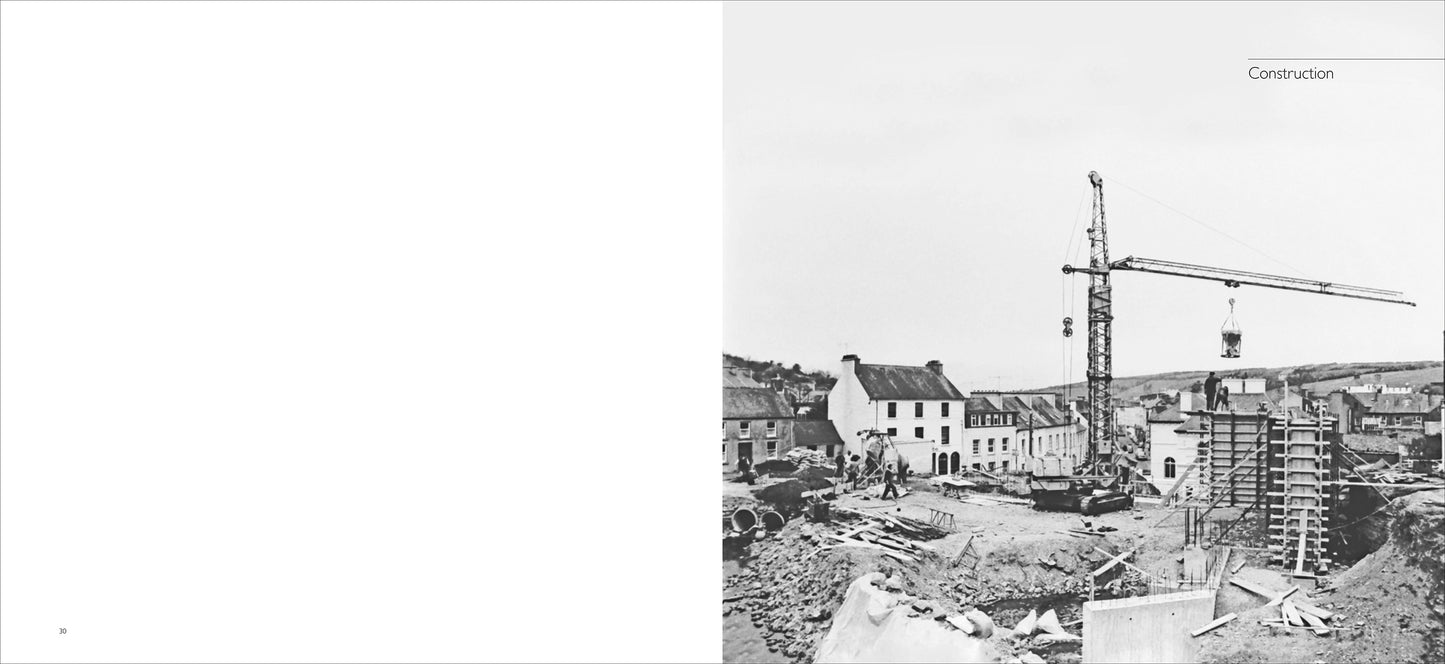
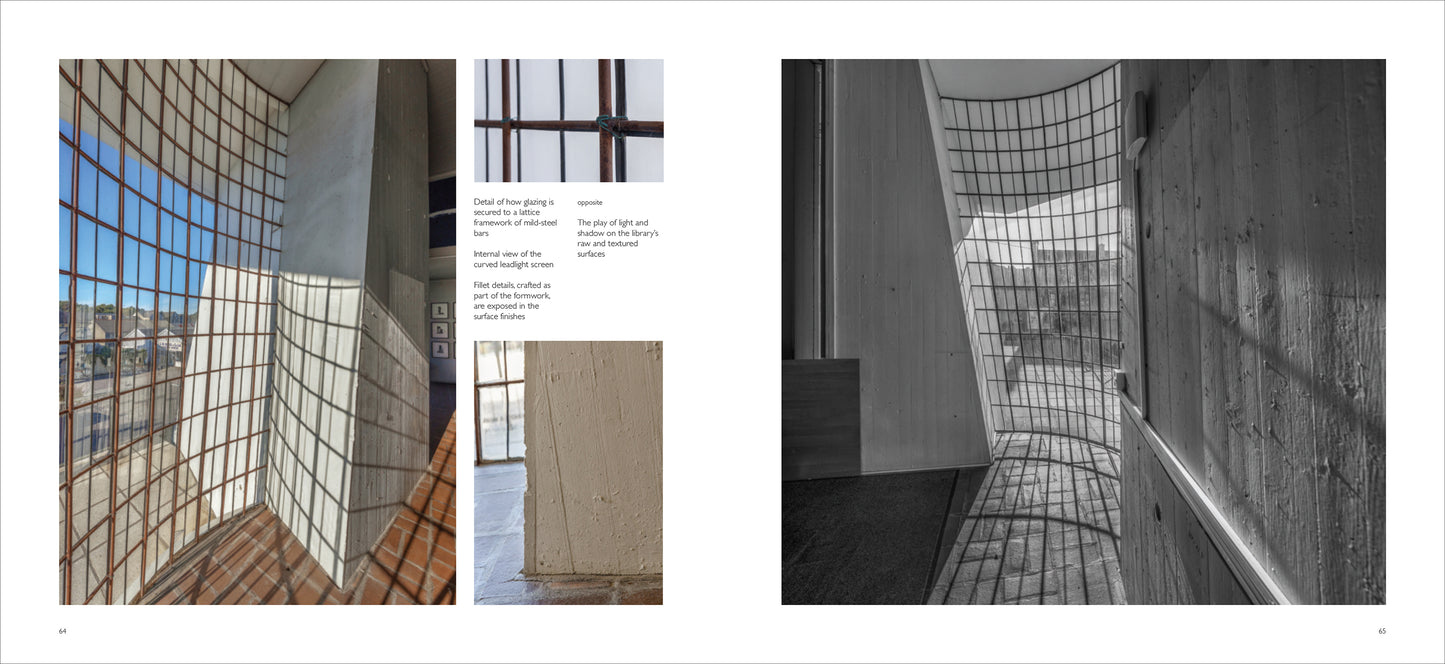
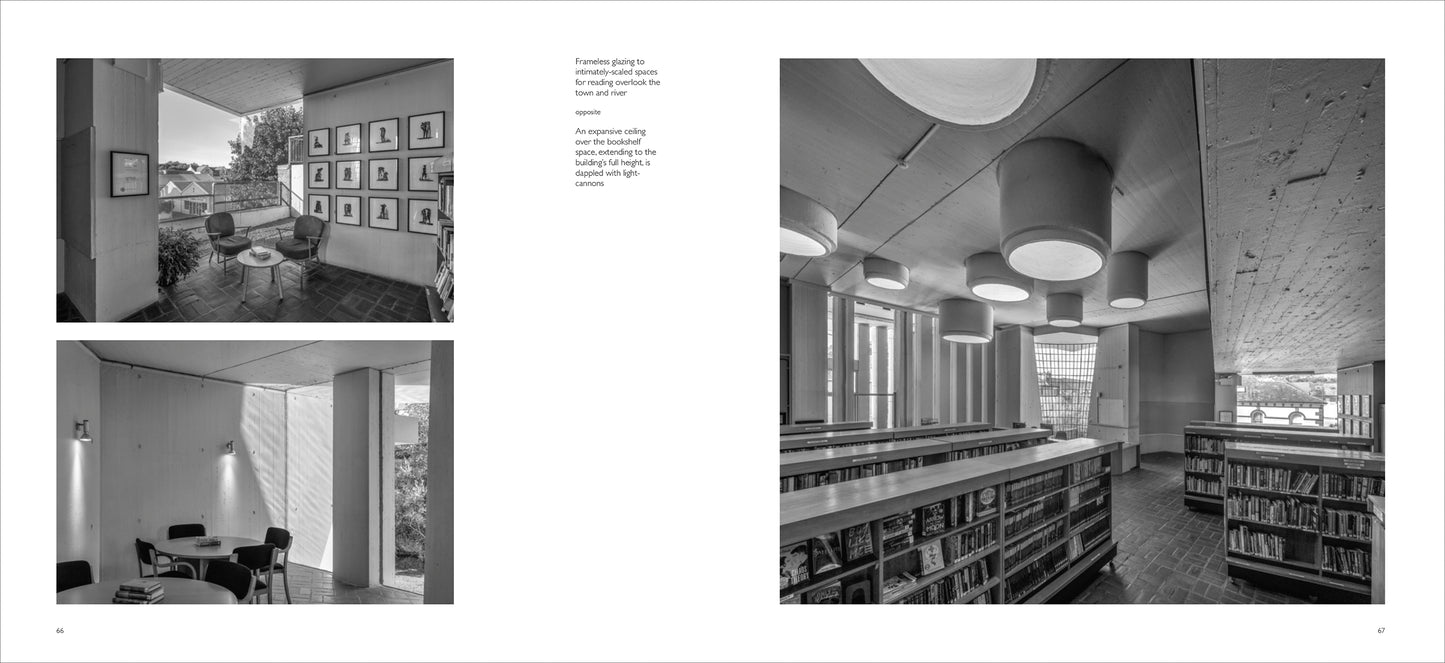
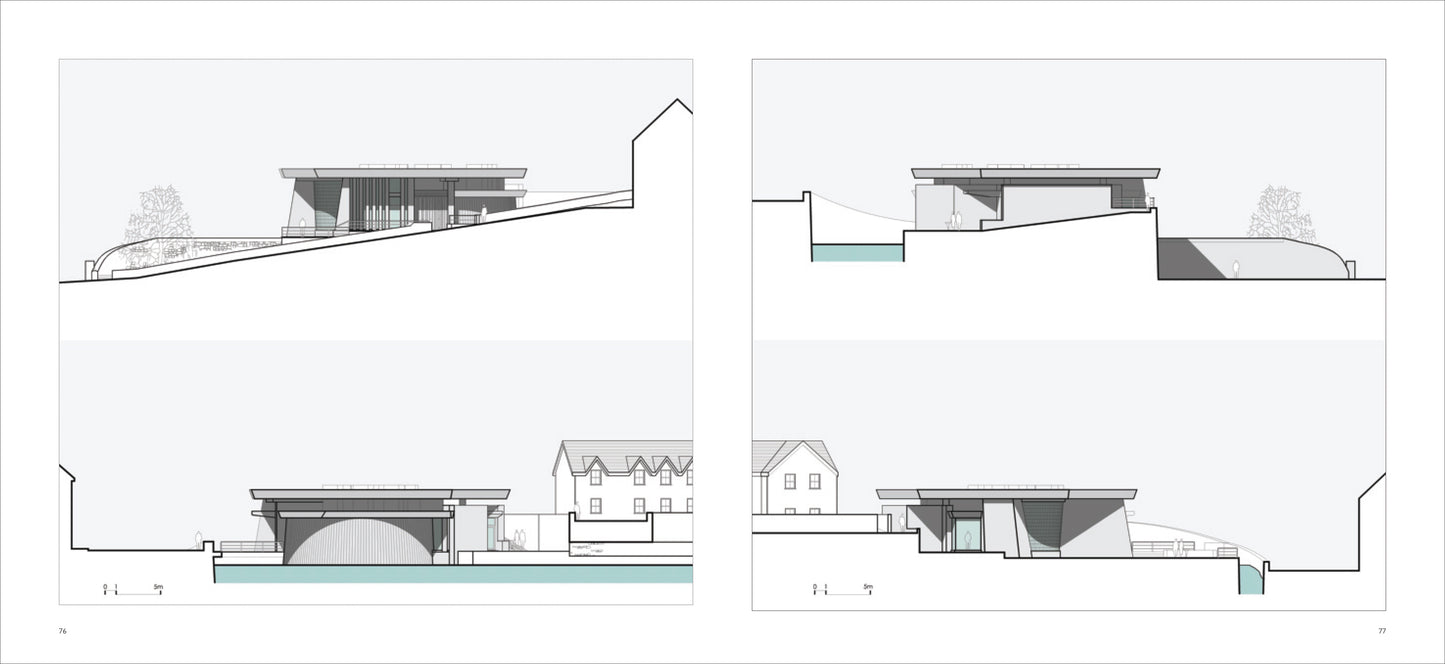
Great words, beautiful production.








